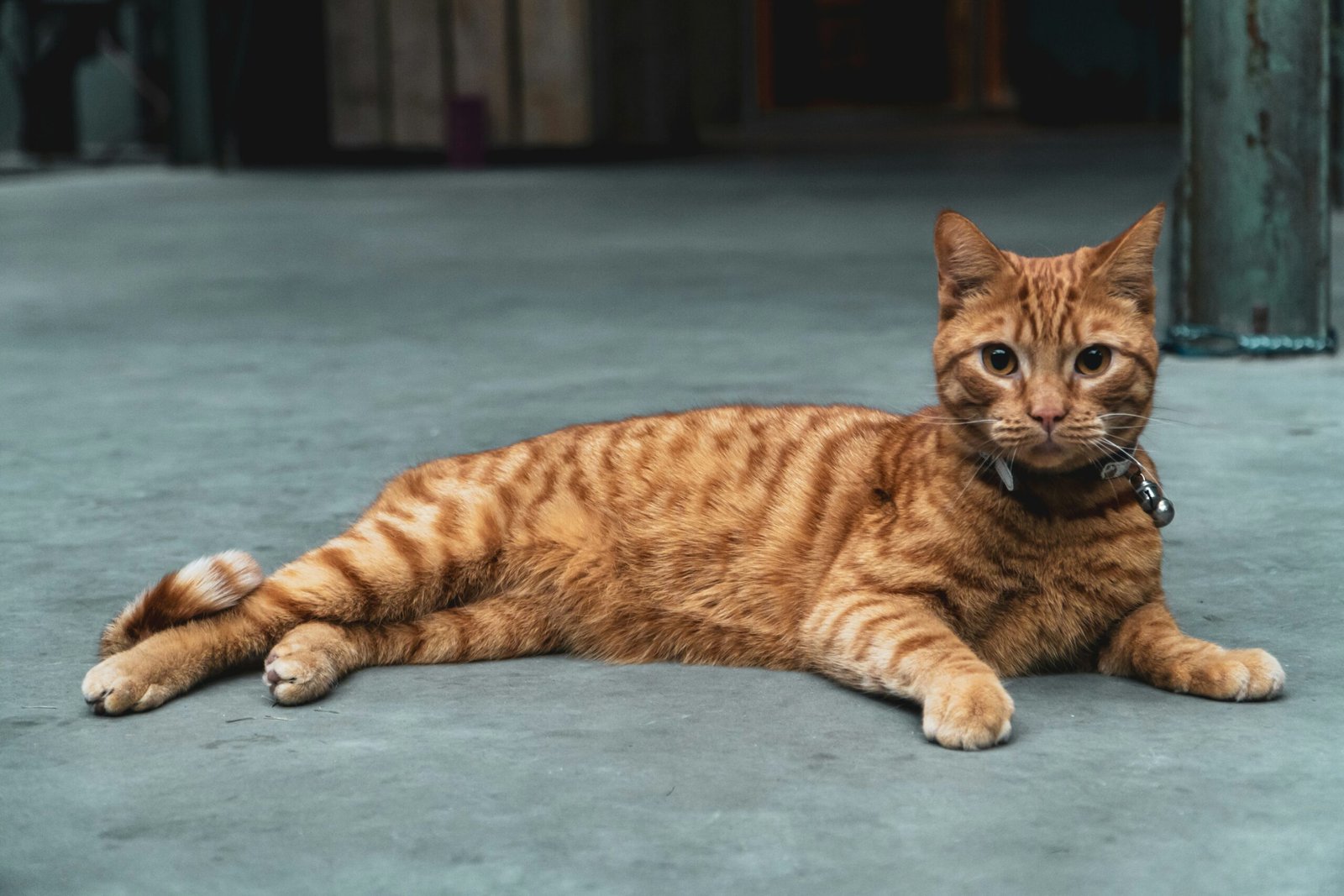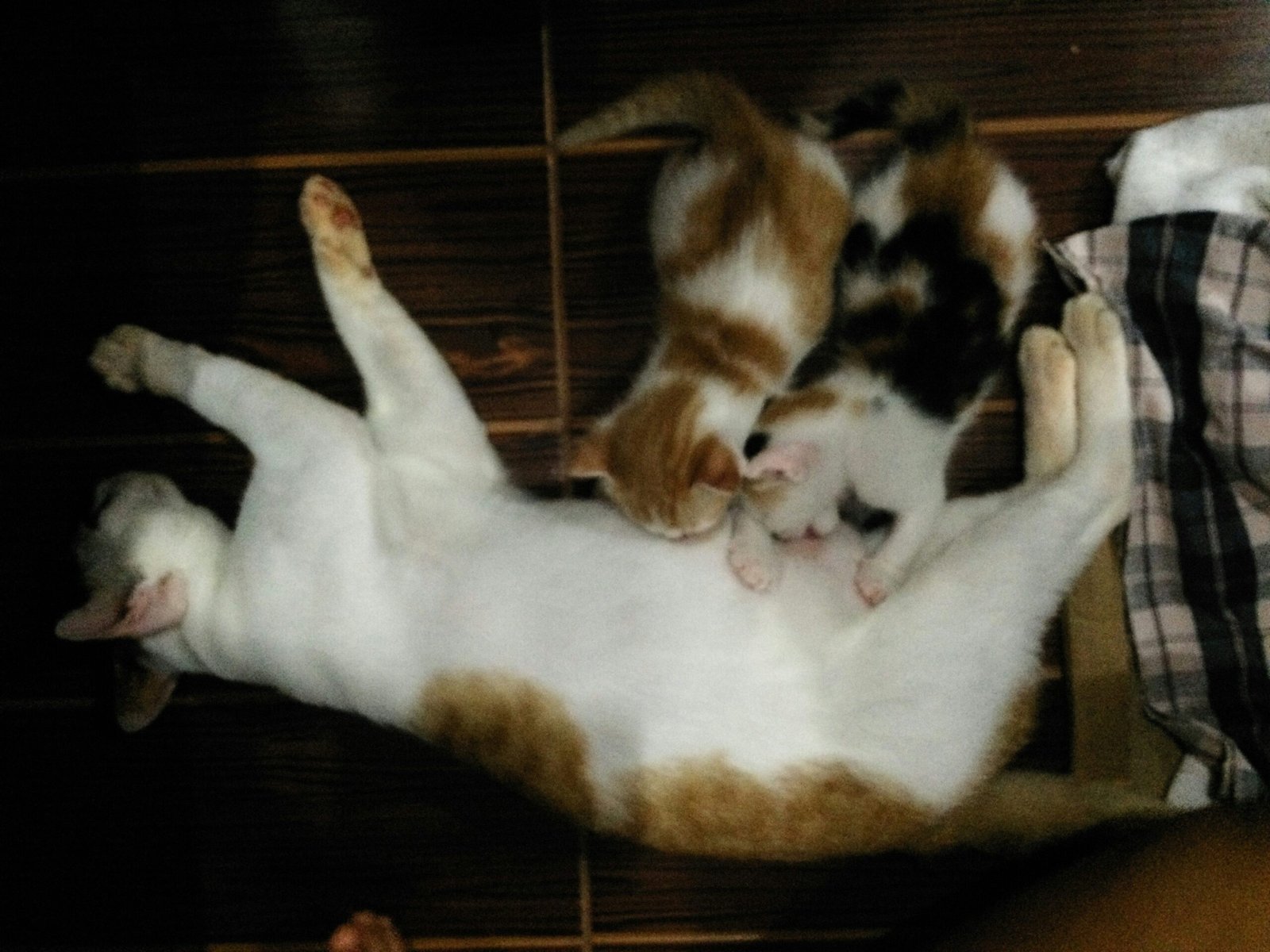What breed is my cat? This is one of the most common and intriguing questions for any new cat owner, especially those who have adopted a cat from a shelter or rescued a stray. Unlike dogs, where breed identification is often straightforward, a large majority of the domestic cat population—up to 95%, in fact—are classified as Domestic Shorthair, Longhair, or Mediumhair. These cats are not a specific breed but a mix of various feline genes. However, if your cat has certain physical traits or a distinct personality, there’s a chance they could have purebred heritage. This comprehensive guide will walk you through five easy and effective ways to help you answer the question, what breed is my cat?
1. Observe Physical Characteristics
The first step in figuring out what breed is my cat is to become a keen observer of their physical features. Purebred cats have very specific and standardized traits. Look for these key indicators:
- Coat Type and Color: Does your cat have long, silky hair like a Maine Coon or a Persian? Or is it short and dense like a British Shorthair? Pay attention to the texture as well. Some cats have curly hair (LaPerm) while others are hairless (Sphynx). Look for specific color patterns as well, like the pointed colors of a Siamese or the spotted coat of an Egyptian Mau.
- Body Type and Size: Some cats are large and muscular, such as the Norwegian Forest Cat or a Siberian. Others are petite and slender, like the Abyssinian. Consider their overall frame. Is your cat stocky with a round head and body, or is it lithe and long with an elegant profile?
- Head and Facial Structure: The shape of your cat’s head can be a major clue. Is it a round “apple” head like the British Shorthair, or a wedge-shaped head with large ears like an Oriental Shorthair? Look at the shape of their eyes, their muzzle, and the placement of their ears.
- Tail and Paws: The length and bushiness of the tail can be a tell-tale sign. Some cats, like the Japanese Bobtail, have a short, curled tail. Others have very bushy tails, such as the Ragdoll or Persian. Similarly, some cats have large, tufted paws (Maine Coon) while others have small, neat paws.
By systematically examining these features, you can begin to narrow down the possibilities and get closer to answering, what breed is my cat?
2. Research Their Personality and Temperament
A cat’s personality can be a strong indicator of its breed. Purebred cats have been selectively bred for generations to exhibit specific behavioral traits. When asking yourself, what breed is my cat?, consider these questions:
- Social and Affectionate: Is your cat extremely social, following you from room to room and demanding attention? This could point to breeds like the Ragdoll or the Siamese, which are known for their strong attachment to their owners.
- Playful and Energetic: Does your cat have a high energy level, constantly wanting to play and climb? Breeds like the Bengal, Abyssinian, and Devon Rex are famous for their playful and mischievous nature.
- Quiet and Reserved: If your cat is more of a quiet observer who enjoys a calm environment, you might be looking at a British Shorthair or a Persian. These breeds are typically known for their placid and easygoing dispositions.
- Vocal or Quiet: Does your cat “talk” to you with loud meows and various vocalizations? This is a key trait of the Siamese. By contrast, a quieter cat might be a Persian or a Ragdoll.
Comparing your cat’s behavior to known breed profiles is a great way to help identify what breed is my cat.
3. Use DNA Testing
For the most accurate and definitive answer to what breed is my cat, a DNA test is the way to go. Cat DNA testing kits are now widely available and can provide a detailed breakdown of your cat’s genetic makeup. These tests are simple to use at home—you just need to swab the inside of your cat’s cheek. The swab is then sent to a laboratory for analysis. The results can reveal:
- Specific Breeds: The test will identify the purebred heritage in your cat’s lineage, often going back several generations. This is the most scientific way to determine what breed is my cat.
- Wildcat Ancestry: Some tests can even detect traces of wildcat ancestry, such as the African Wildcat, which is the ancestor of most domestic cats.
- Health and Genetic Markers: Many kits also screen for genetic health conditions that are common in certain breeds, as well as blood type. This valuable information can help you take proactive steps to ensure your cat’s long-term health.
While not the cheapest option, a DNA test is a foolproof method for answering the question, what breed is my cat?
4. Consult a Veterinarian or a Breed Expert
If you’re still wondering, what breed is my cat, a professional opinion can be invaluable. Your veterinarian has likely seen countless cats of different breeds and can give you an educated guess based on their physical appearance and health characteristics. They may also be able to refer you to a local cat show or a purebred cat club. Breed clubs, such as The Cat Fanciers’ Association (CFA) or The International Cat Association (TICA), are excellent resources. Breeders and judges who are part of these organizations have a deep understanding of breed standards and can often give you a good idea of your cat’s heritage. This is a very reliable way to figure out what breed is my cat.
5. Research Your Cat’s Origin
The last method to figure out what breed is my cat is to investigate its history. If you adopted your cat from a shelter, they might have some information about its background. If the cat was found in a specific area, it could be a clue. For example, if you found a cat in a region with a large number of Maine Coons, there’s a higher chance it has some Maine Coon heritage. While this method is the least scientific, it can still provide valuable context and help you to answer the question, what breed is my cat?
Conclusion
Whether you’re curious about your cat’s heritage or looking to understand their behavior better, trying to figure out what breed is my cat is a rewarding journey. While most domestic cats are wonderful mixed-breed companions, it’s fun to explore the possibility of a purebred lineage. By carefully observing your cat’s physical traits, analyzing their personality, or even using modern DNA technology, you can get a clearer picture of their background. Ultimately, no matter what breed is my cat, the most important thing is the bond you share.
Sources:
- The Cat Fanciers’ Association (CFA)
- The International Cat Association (TICA)
- PetMD
- Cornell University College of Veterinary Medicine
- VCA Animal Hospitals
Follow Me Now!





